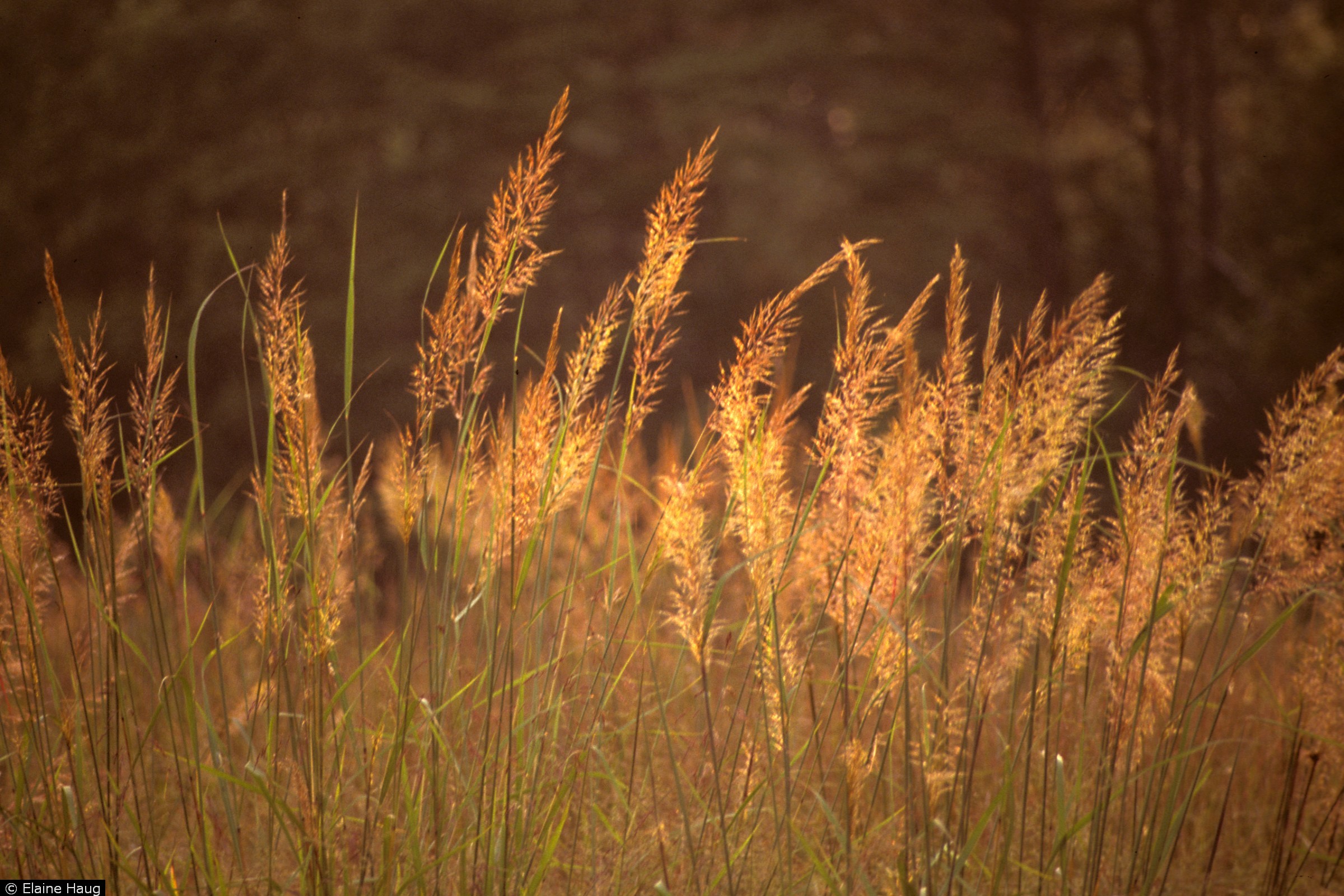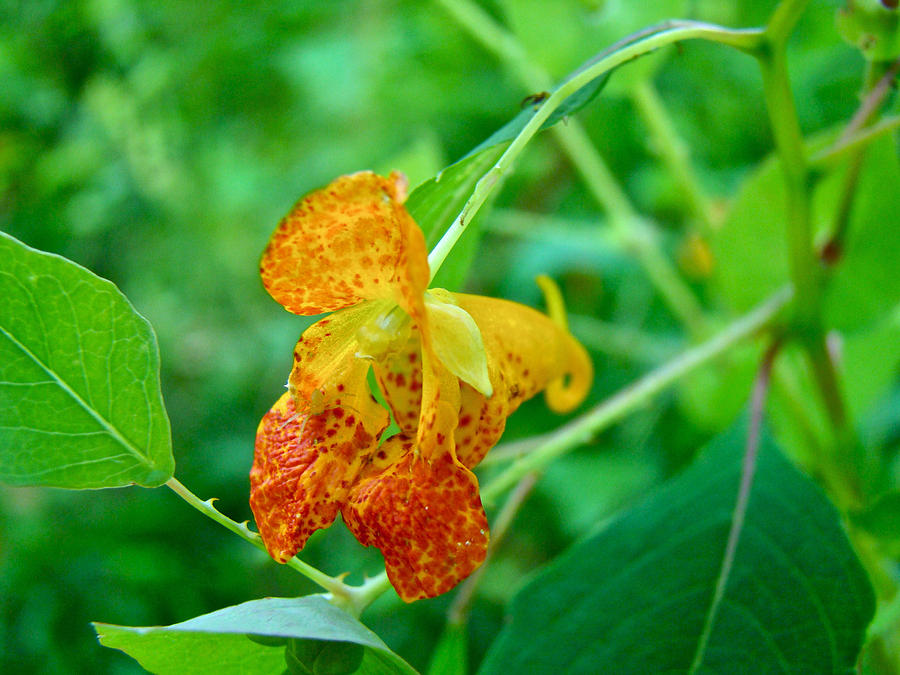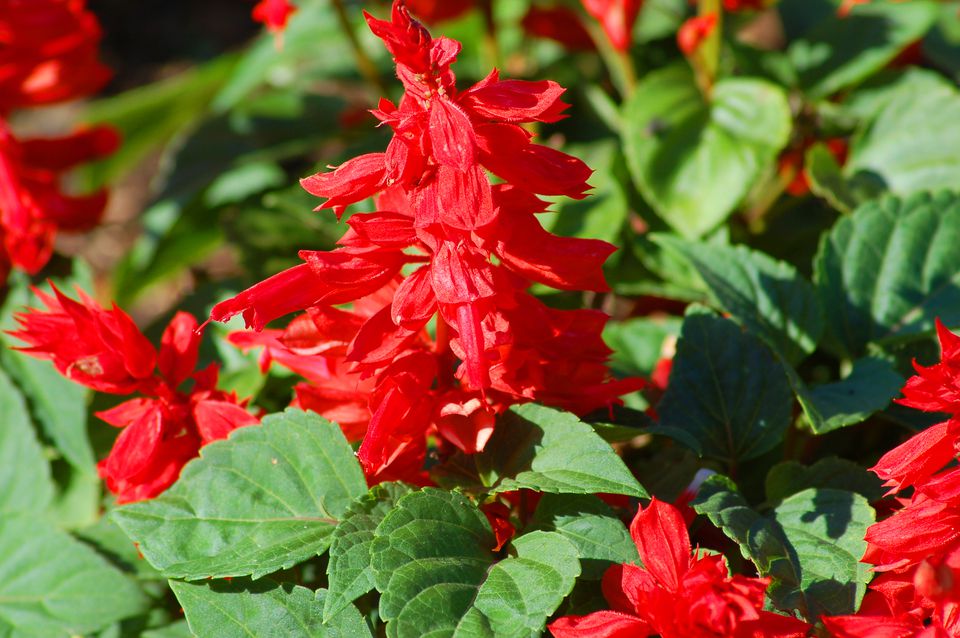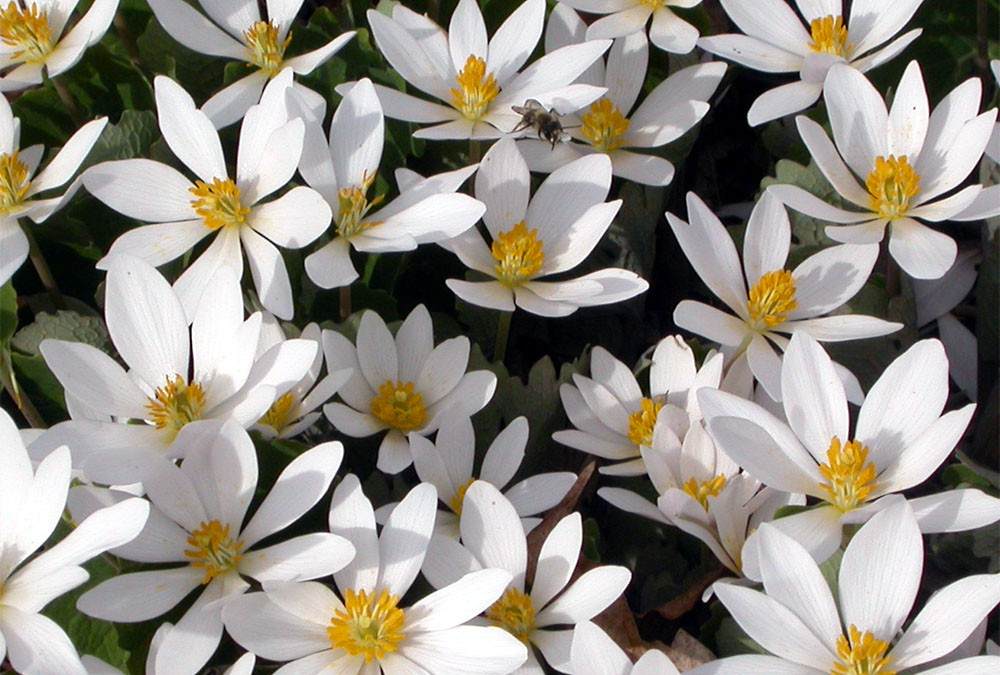Average Price of Lawn Mowing in Georgia
| Frequency | 1/8 Acre | 1/4 Acre | 1/3 Acre | 1/2 Acre | 1 Acre |
| Weekly | $27.58 | $34.73 | $47.5 | $58.23 | $90.92 |
| Bieekly | $31.67 | $38.31 | $52.61 | $68.45 | $106.75 |
| Monthly | $32.18 | $46.48 | $55.68 | $76.11 | $110.84 |
The overall overage price for lawn mowing in Georgia is $51.08.
Most Common Lawn Mowing Frequencies in Georgia
| Lawn Mowing Frequency | Percentage |
| Weekly Mowing | 32.2% |
| Bieekly Mowing | 42.8% |
| Monthly Mowing | 25% |
Other Common Lawn Services in Georgia
| Service | Percentage |
| Fertilization Treatment | 9.2% |
| Core Aeration | 7.8% |
| Leaf Removal | 8.1% |
| Lawn Cleanup | 8.3% |
How do prices, yard sizes and frequencies differ by city in Georgia?
| City | Average Mowing Price | Average Yard Size | % Weekly | % Biweekly | % Monthly |
| Atlanta | $53.07 | 5,503 sq feet | 33% | 56.5% | 10.5% |
| Acworth | $48.75 | 6,626 sq feet | 28% | 69% | 3% |
| Marietta | $48.1 | 7,330 sq feet | 77% | 12% | 11% |
| Cumming | $50.15 | 5,016 sq feet | 63% | 13% | 24% |
| Dallas | $53.72 | 9,010 sq feet | 21% | 56% | 23% |
| Hiram | $66.14 | 7,382 sq feet | 43% | 30% | 27% |
| Monroe | $51.83 | 11,208 sq feet | % | % | % |
| Duluth | $49.28 | 5,097 sq feet | 0% | 100% | 0% |
| Lawrenceville | $52.45 | 10,169 sq feet | % | % | % |
| Decatur | $48.36 | 11,318 sq feet | 0% | 100% | 0% |
Plants Native to Georgia

Indiangrass
Sorghastrum nutans
moisture level: Dry
sunlight: Full
height: 3-5'
coloring: Pale green to powder blue (summer) golden brown (fall)
seasonality: Summer-Fall
compatible plants: Coneflowers, Beebalm, bluestems, switchgrass, wiregrass, pink muhly
leaf color: Pale green to powder blue in summer, orange in fall
Indianagrass is a perrenial, warm-season grass that is native to and once dominated the prairies of the central and eastern United States. The grass plant has many uses, including erosion control and feeding the local wildlife and livestock. It's a weedy grass that flourishes in deep, well-drained floodplain soils and is also, however, tolernat to sand or clay soils.

Jewelweed
Impatiens capensis
moisture level: Moist
sunlight: Full - Partial - Shade
height: 2-5'
coloring: Bilaterally symmetrical, orange and red speckled bloom
seasonality: Summer-Fall
wildlife attraction: Hummingbirds
compatible plants: Cardinal flower, Button bush, Scarlet hibiscus, Seashore mallow
health benefits: The leaves and juice from stem can treat plant induced rashes such as poison ivy.
leaf color: Bright green leaves
Jewelweed, commonly known as Touch-Me-Nots (because the seeds will 'pop' when touched), have orange, trumpet-shaped flowers with dark red dots. Jewelweed is best know for its skin healing properties, however, jewelweed are a remedy for bruises, burns, cuts, eczema, insect bites, sores, sprains, warts, and ringworm. In a nutshell, jewelweed works by counter-reacting with the chemicals in other plants that cause irritation. If transplanting from a greenhouse to your garden, make sure that the last frost is past. Once planted, a patch of jewelweed should survive indefinitely.

Scarlet sage
Salvia coccinea
moisture level: Average
sunlight: Full – Partial
height: 2-4'
width: 1–2.5'
coloring: Bright, scarlet red
wildlife attraction: Butterflies and hummingbirds
compatible plants: Grasses, purple coneflower, black-eyed Susan
leaf type: Simple
leaf color: Green
Though most commonly found in East Texas, Scarlet sage will give your garden a burst of bold color with scarlet, red flowers juttting from a cluster of bright green, simple leaves. Texas sage, scarlet sage, and blood sage are the most common names for this salvia. Scarlet sage is hardy in Plant Hardiness Zones 8 to 10, although a harsh winter in Zone 8 can kill the plant. Plant this in your garden if you love seeing hummingbirds and butterflies around your porperty (a color bonus!).

Bloodroot
Sanguinaria canadensis
moisture level: Moist – Average
sunlight: Full – Partial
height: 6-10"
width: 4-6"
coloring: White or pink tinted
seasonality: Spring
health benefits: The red juice from the underground stem was used by Native Americans as a dye for baskets, clothing, and war paint, as well as for insect repellent.
The Bloodroot (Georgia Native Plant Society's 2012 Plant of the Year) is a spring flower that is best known for its flowers that are only in bloom for a few days. When bloodroot flowers are in bloom, small bees, ants, wasps, and beetles take advantage of the opportunity to pollinate the flower. During the summer, the bloodroot will go completely dormant (including the leaves). There is a blood-red sap that is found in all parts of the plant that is used for medicinal purposes for various ailments.
All data on this page was last updated on 04-16-2025

